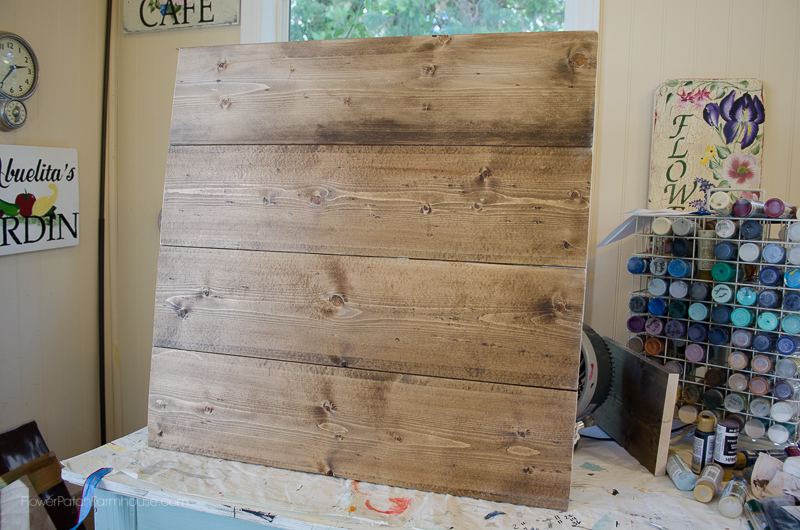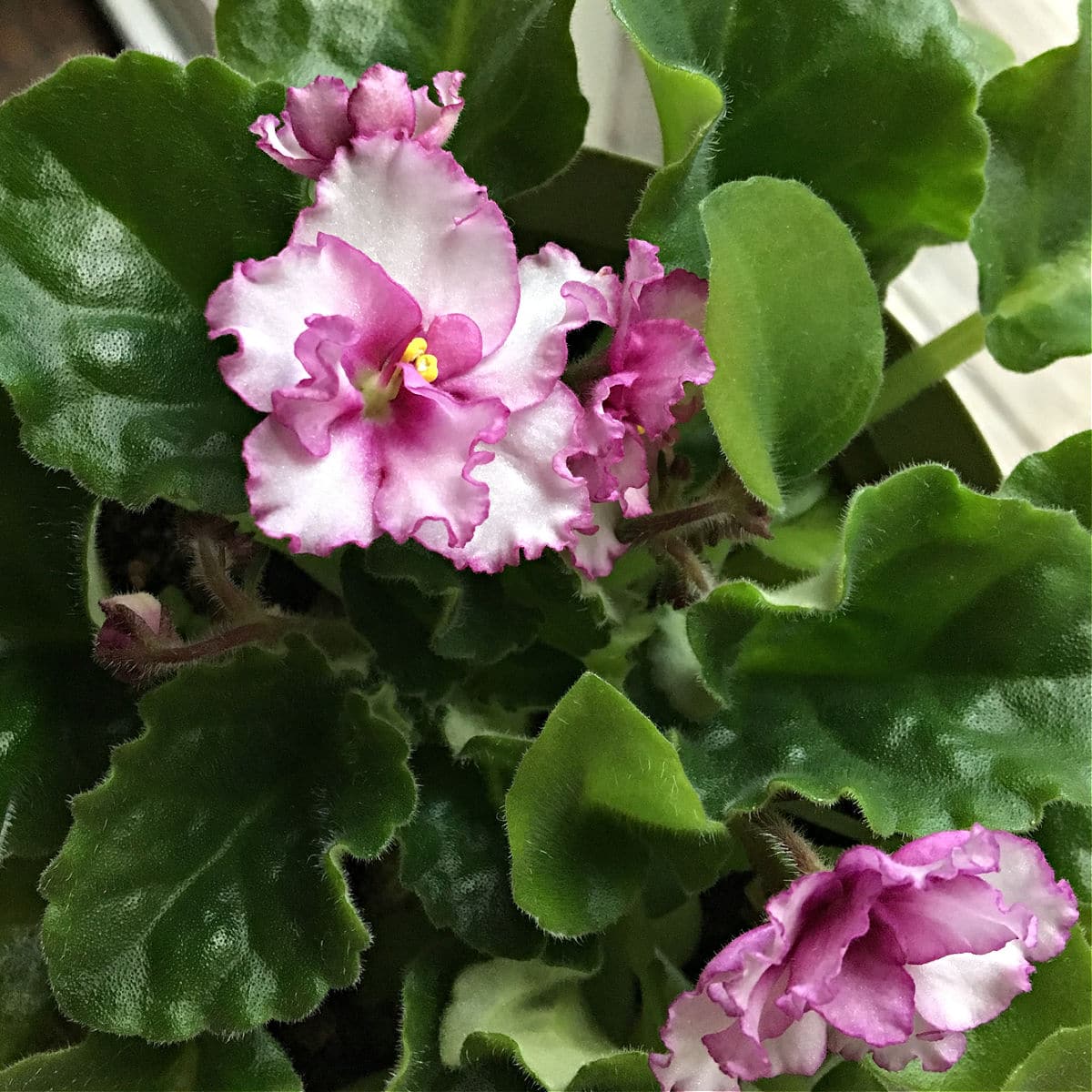Plant Propagation
Hey, fellow plant enthusiasts! Today, let’s dive into the fascinating world of plant propagation through cuttings. So many novice gardeners have yet to try this fabulous method of getting more plants and need to know some of the basics!
Whether you’re looking to expand your garden without breaking the bank or simply adore the process of watching new life emerge from a tiny cutting, understanding the different types of cuttings—softwood, semi-hardwood, and hardwood—is important.

This post contains affiliate links. If you make a purchase after clicking a link I may make a small commission at no cost to you.
This type of plant propagation is part of my slow gardening ethos.
Each type of cutting has its unique traits, benefits, and challenges. Let’s explore these differences together, shall we?
Softwood Cuttings
What Are They?
Softwood cuttings are taken from fresh, new-growth woody plants, typically in late spring to early summer. This growth is usually flexible and not yet matured or hardened. Think of the tender new shoots that plants push out in their growth spurt.
Pros:
- Fast Rooting: Softwood cuttings tend to root quickly due to their high growth hormone levels and active metabolism.
- Great for Many Species: Especially effective for many deciduous shrubs and some perennials.
- Requires Less Space: Because they’re taken during active growth phases, they can be propagated in smaller spaces like greenhouses or indoor propagation stations.
Cons:
- High Maintenance: They require high humidity and consistent moisture levels to avoid drying out, making them a bit needy.
- Vulnerable to Rot and Disease: The very conditions that support their rapid growth can also lead to fungal diseases or rot if not carefully managed.
I have many articles on this site for plant-specific propagation. See the Plant Propagation Category Page for All Posts Sharing the Details!
Semi-Hardwood Cuttings
What Are They?
Semi-hardwood cuttings are taken from more mature plant material than softwood cuttings, typically in late summer to early fall. The stems are partially matured and have a firmer texture but are not yet fully hardened like hardwood cuttings.
Pros:
- Versatile: They strike a balance between the ease of rooting and the durability against environmental stressors, making them suitable for a wide range of plants, including many shrubs and evergreens.
- Moderately Easy to Care For: They don’t require as high humidity as softwood cuttings and are less prone to diseases.
Cons:
- Slower to Root: While not as slow as hardwood cuttings, they do take longer to root than softwood cuttings.
- Specific Timing: The window for taking semi-hardwood cuttings can be narrow, depending on your climate and the specific plant species.
Rooting Lilacs from Cuttings!
Hardwood Cuttings
What Are They?
Hardwood cuttings are taken from mature, fully hardened stems of deciduous plants during their dormant season, typically in late fall to winter. These cuttings are woody, firm, and have no leaves, as they are taken from growth that is at least a year old.
Pros:
- Low Maintenance: Since plants are dormant, hardwood cuttings require less immediate care in terms of humidity and temperature control compared to softwood and semi-hardwood cuttings.
- Great for Many Woody Plants: Particularly useful for propagating many trees and shrubs, including some fruits like grapes and figs.
- No Need for a Greenhouse: They can be stuck in outdoor beds or containers through winter in many climates.
Cons:
- Slowest to Root: Patience is key, as hardwood cuttings take the longest time to root and establish.
- Limited Species: Not all plants can be successfully propagated from hardwood cuttings, limiting its applicability.
Have a special rose you want to duplicate?
How to Root Roses from Cuttings or Slips!
Final Thoughts
Choosing between softwood, semi-hardwood, and hardwood cuttings depends largely on the type of plant you’re working with, the time of year, and how quickly you’d like results.
For rapid growth and early satisfaction, softwood cuttings are your go-to, though they demand a bit more TLC. Semi-hardwood cuttings offer a middle ground, requiring less fuss while still providing a wide range of plant options.
If you’re patient and looking to propagate woody plants during their dormant season, hardwood cuttings might just be your best bet.
No matter which route you choose, the joy of watching a new plant emerge from a cutting you’ve nurtured is unparalleled. So, why not give each method a try and see what works best for you and your garden?
Happy propagating!
Root Roses in Winter (not my usual time)






